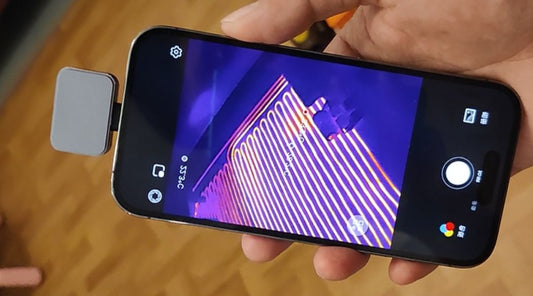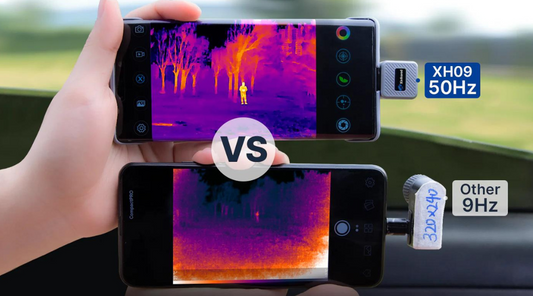How to Locate Circuit Faults Easier with Thermal Imaging
In the intricate world of electrical systems, the timely identification of circuit faults is paramount. Detecting issues swiftly and accurately can prevent downtime, reduce the risk of equipment damage, and enhance overall safety. One cutting-edge tool that has revolutionized the way we identify faults is thermal imaging.

Understanding Thermal Imaging
Thermal Imaging Technology
Thermal imaging operates on the principle of detecting temperature variations. Specialized cameras capture infrared radiation emitted by objects and convert it into a visible image. Unlike traditional methods, thermal imaging allows us to "see" heat, providing valuable insights into potential faults.

Benefits of Thermal Imaging
One of the primary advantages is the quick identification of hotspots. These hotspots often indicate areas of elevated resistance, loose connections, or impending failures. Additionally, thermal imaging is non-contact and non-destructive, enabling technicians to scan electrical components without disrupting operations.

How to Use Thermal Imaging for Circuit Fault Detection
Preparing the Thermal Camera
Before diving into the scanning process, it's crucial to calibrate the thermal camera and adjust settings based on the specific environment. Proper handling of equipment is essential to ensure accurate readings.

Scanning the Circuit
A methodical approach to scanning is key. Start with a comprehensive overview, then focus on individual components. Identify anomalies such as overheating wires or connections, which can be indicative of potential faults. The real-time feedback from thermal imaging simplifies the detection process.

What Can Thermal Cameras Do in the Real-World
Numerous industries have embraced thermal imaging for circuit diagnostics. In manufacturing plants, thermal imaging has proven instrumental in identifying faulty components before they lead to production halts. Similarly, in data centers, the technology has prevented costly equipment failures, showcasing its versatility across various sectors.
Consider a scenario where a thermal camera detects an overheating junction box. The swift intervention based on this detection prevents a potential short circuit, averting a more severe electrical failure.

Tips and Best Practices for Thermograph
Regular Maintenance: Incorporate thermal imaging into routine maintenance schedules. Regular scans can reveal subtle changes in temperature, allowing for proactive measures before faults escalate.
Training Technicians: Providing adequate training to technicians ensures they can effectively operate thermal cameras and interpret the obtained thermal images. Skilled technicians contribute to the accuracy and reliability of fault detection.

Limitations and Considerations When Using Thermal Imagers
Constraints of Thermal Imaging
While thermal imaging is a powerful diagnostic tool, it's essential to acknowledge its limitations. Factors like reflective surfaces, extreme environmental conditions, or electrical insulation can impact the accuracy of readings.
Complementary Diagnostic Tools
In certain situations, using thermal imaging in conjunction with other diagnostic tools may be necessary for a comprehensive assessment. Understanding when to employ alternative methods is crucial for a thorough fault detection process.

Thermal imaging offers a game-changing approach to locating circuit faults. Its speed, precision, and versatility make it an invaluable asset in the realm of electrical diagnostics. By adopting thermal imaging as a standard practice, industries can elevate their maintenance strategies, ensuring the reliability and longevity of their electrical systems.




